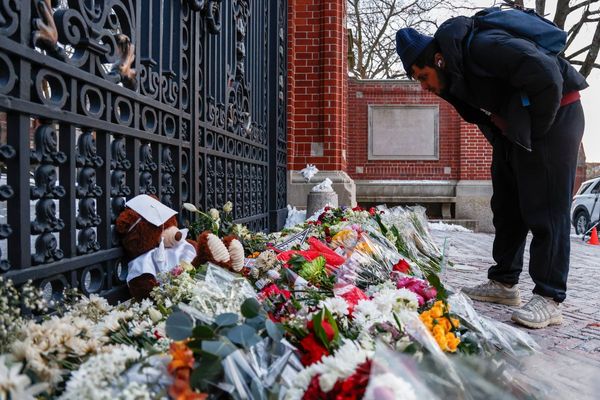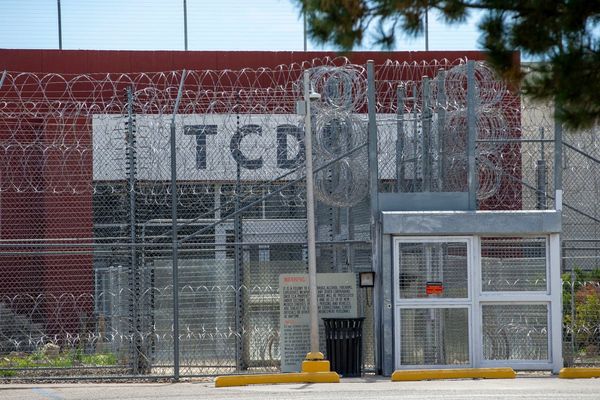
I was a Metropolitan police officer for more than 30 years and policed Notting Hill carnival for many of them, from the anti-police violence of the 1970s as a constable, to being a chief inspector bronze commander in the 1990s.
In the 2000s, when the rightwing press succeeded in removing “an openly gay police commander who was soft on drugs” (I advocated alternatives to arresting people for small amounts of cannabis) as the cop in charge of Brixton, “the capital of Black Britain”, local people signed a 5,000-signature petition and held a rally at Brixton town hall demanding my reinstatement.
So, when Mark Rowley recruited me in 2023 as an “access all areas” non-executive director of the Met, I was not a “no-risk hire”, as the commissioner put it. I am still concerned about the culture of the Met and the disproportionate use of police powers against black people, especially “stop and search”, but I am no longer concerned about the way the Met uses live facial recognition (LFR).
Millions of people attend Notting Hill carnival every year and succeed in their sole aim of having a wonderful time, but having so many people in such a small area attracts a tiny minority intent on exploiting the situation to commit crime, including violence and sexual offences. LFR provides a non-discriminatory way of identifying some of those offenders on their way to the event with zero impact on anyone else.
Past failings, which meant live facial recognition was more likely to misidentify black people and women, have been eradicated at the settings used by the Met, and it would be self-defeating if the force used this technology in any other way; false positives are currently running at one in 33,000 for everyone.
The systems “sees” people’s faces, compares them with specific police databases of facial images, and immediately discards the live images if there isn’t a match. It’s like watching TV without recording it, unless there’s a match, and if there is anyone else in the shot, they are automatically pixelated out. The types of image databases used are, for example, of people on the sex offenders register who have restrictions on where they should be, and those wanted for serious criminal offences. A match results in officers engaging the individual in a conversation to establish exactly who they are and what they are doing there.
It would be much better if there were a consolidated, statutory framework that specifically addressed live facial recognition, instead of the many and various legal checks and balances currently in place, but that failure lies at the door of successive governments.
The Met doesn’t get everything right, but I trust those responsible for the development and deployment of live facial recognition, and compared with other police crime prevention measures, such as blanket, no-suspicion “stop and search”, it is much less intrusive.
The days when we used to say, “trust me, I’m a police officer” are sadly in the past, but things are improving. As a former police whistleblower, I wouldn’t say it if I didn’t believe it.
Brian Paddick is a peer, a former senior police officer and a non-executive adviser for the Metropolitan police







